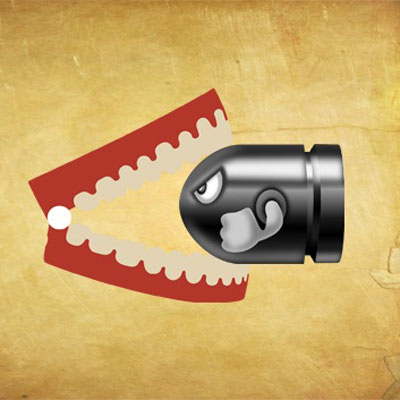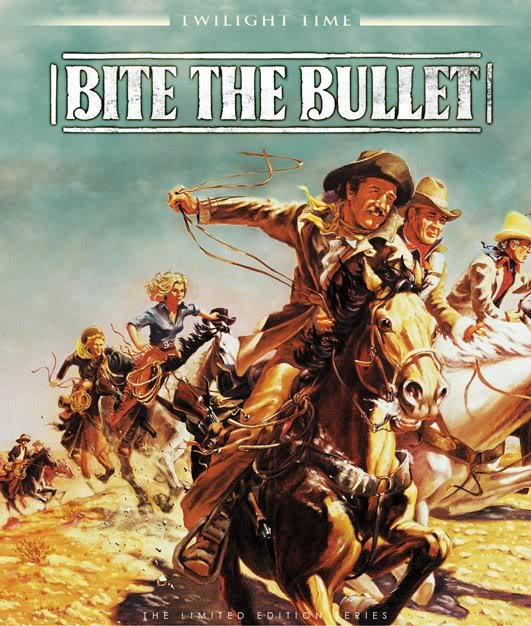

This patina was not removed due to concerns for damaging the bullets.

Both were discolored white due to patina, a result of being buried underground for an extended period of time. The minié ball was the larger of the two, measuring 3 cm in length, while the musket ball measured approximately 1.5 cm in length. Morphological characteristics of the two bullets were recorded ( Figure 1). Permission was granted to allow study of the bullets for the purpose of determining if the marks on the bullets were created through biting, and if so, what the source may be. The two bullets on public display were labeled as having human bite marks as related to Civil War surgery, but there had been no previous analyses of the marks to support that assertion. In their collection are two bullets, a minié ball and a musket ball, that were donated to the Society's collection by Board Member, Roger Baker, who collected them through metal detecting surveys. A study to explore this question was conducted between 20 on materials housed at the Cole County Historical Society, which is located in Jefferson City, Missouri. Unfortunately, there is no evidence to support this claim as any such musket balls would have been radically altered upon meeting their target ( Sivilich, 2016).Īlthough there appears to be historical evidence to suggest that biting bullets did happen on occasion during military conflicts, the question remains as to whether or not it was a commonplace event, particularly related to surgical procedures that occurred during the Civil War. According to Bell (2012) musket balls may have also been chewed on for the purposes of modifying their lethality upon hitting their human target. Studies by Miller (2016), Sivilich (2016), and Sivilich and Wheeler Stone (2004) have produced evidence to support these assertions. These marks are believed to have been the result of chewing to reduce pain, alleviate boredom, or to promote salivation to mitigate dehydration ( DeRegnaucourt, 1995 Sivilich, 1996 Stark & Stark, 1860). Additional studies have identified musket balls with human bite marks, which are identified as infrequent and shallow marks present on the bullets. This led to the assumption in early research that marks on many of the musket balls were induced by human teeth, but the matter was not further investigated ( Calver & Bolton, 1950 Hanson & Hsu, 1975). According to historic accounts ( Simms, 1882 Thacher, 1823) military personnel participated in “biting bullets” as part of punishments, of which the specifics were not noted. The earliest evidence of “bitten bullets” are musket balls that date back to the American Revolutionary War ( Calver & Bolton, 1950 DeRegnaucourt, 1995 Hanson & Hsu, 1975 Sivilich, 19 Sivilich & Wheeler Stone, 2004). the American Heritage Dictionary of Idioms the Brewer's Dictionary of Phrase and Fable), dentistry websites ( Levine, 2012), and privately run historical societies, thereby resulting in a cultural and social lore about Civil War medicine that has spread.


This story has gained validation through several seemingly academic sources, including online reference materials (e.g. According to the lore bullets were provided to patients to bite down on during these surgical procedures as a means of providing relief and/or distraction from the pain. One of the more popular items up for sale are “bitten bullets”, which are described as having been used by Civil War surgeons who performed amputations without the aid of anesthesia. This is evident in the growing antiquities market for Civil War artifacts and the stories associated with them. While the public monuments and school curricula debates have or are continuing to be settled in various public and private arenas little attention has been spent on some of the smaller scale connections and interpretations of the Civil War past.


 0 kommentar(er)
0 kommentar(er)
